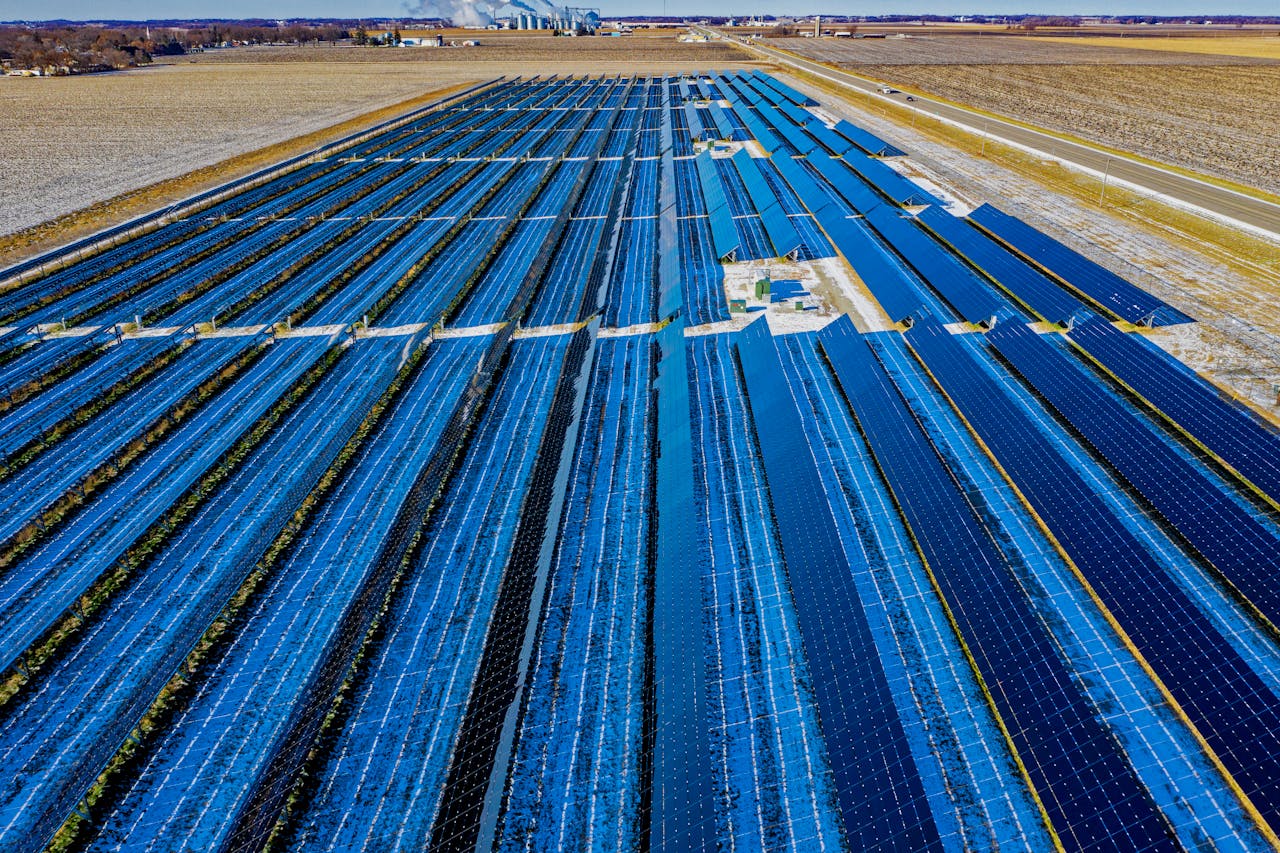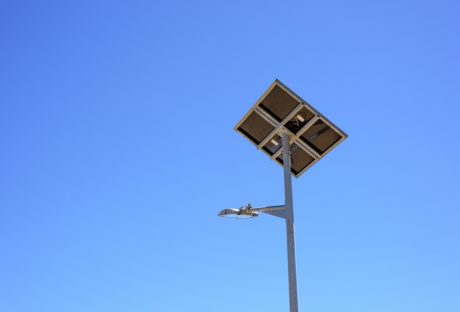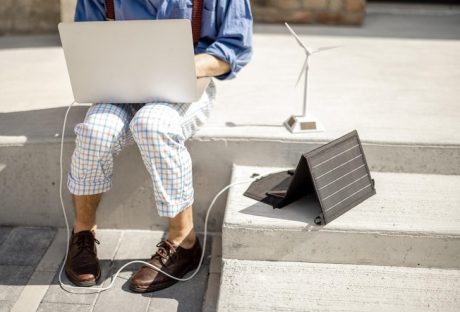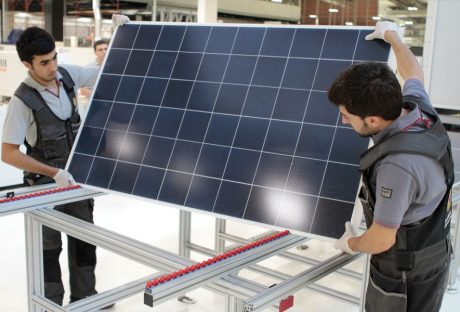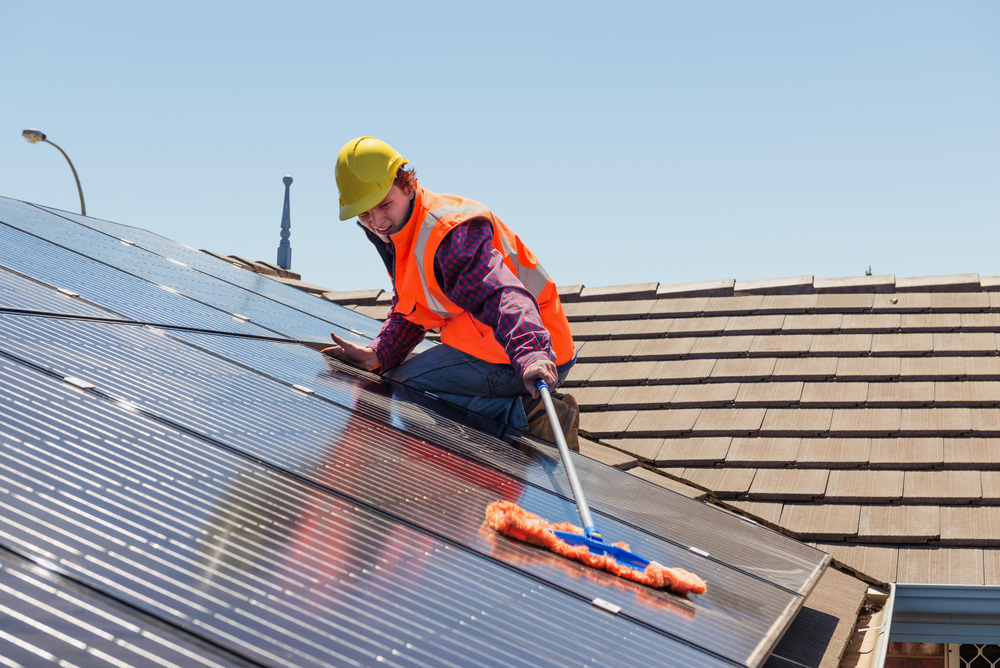Hello to all the solar energy enthusiasts! Today, let’s dive into the fascinating world of a solar park.
If you’ve ever wondered what a solar park is like and what makes it work so efficiently, you’re in the right place. Join us on this solar journey and discover the secrets behind a solar park, with a special focus on Soltec USA‘s solar tracking systems.
What is a Solar Park?
First, let’s get some context. A solar park is a large-scale installation where solar panels are used to convert sunlight into electricity.
These parks can vary in size, from small community projects to massive installations supplying energy to thousands of homes. But what makes a solar park so special and efficient?
The answer lies in the combination of advanced technology and smart design.
The Infrastructure of a Solar Park

We need to know its main components to understand how a solar park works. Here are the key elements:
1. Solar Panels
Solar panels are the heart of any solar park. These photovoltaic devices capture the sun’s energy and convert it into electricity.
In a typical solar park, thousands of panels are arranged in long rows, all oriented to maximize sunlight capture.
2. Inverters
The electricity generated by solar panels is direct current (DC). For this electricity to be useful in our homes and businesses, it needs to be converted into alternating current (AC).
This is where inverters come in. These devices transform DC electricity into AC, making it compatible with the power grid.
3. Solar Tracking Systems
This is where the magic really happens. A solar tracking system allows the panels to follow the sun’s movement throughout the day.
Instead of remaining stationary, the panels move to maintain optimal orientation to the sun. This can significantly increase the amount of energy produced.
Soltec USA is a leader in this technology, offering high-end solutions that maximize energy efficiency.
4. Transformers and Substations
Once the electricity has been converted to AC, it needs to be transmitted to the power grid.
Transformers step up the voltage of the electricity so it can travel long distances without significant losses. Substations manage the distribution of this electricity to different destinations.
The Role of Soltec USA’s Solar Tracking Systems
Solar tracking systems are a vital part of an efficient solar park. Let’s delve into how they work and why they are so important.
A solar farm has unmatched functionality when it comes to creating sustainable energy resources. But, maintaining a solar farm is equally important in terms of utilizing it efficiency.
One such matter of maintenance is having a solar tracking system for your farm.
Here are some of the solar energy tracking functionality which can make running your solar farm even easier.
There are three types of solar tracking:
Manual Solar Tracking
Manual solar checking is the most tedious one in a solar farm. This is when a person has to literally walk towards every solar panel, check the energy level, and then tilt the panel towards the sun from time to time.
The solar panel cannot remain at a tilt towards the at all times, as this risks damage.
Passive Solar Trackers
Passive trackers consist of an internal mechanism consisting of a liquid reaching a boiling point. When one exposes the panel to the solar radiation, the liquid begins to boil. Hence, this is a sign that the saved solar energy is being utilized.
During utilization, the liquid evaporates. Once there is no boiling liquid in it, then there is an imbalance in the solar panel. This automatically causes the panel to tilt towards the sun.
Automatic Solar Trackers
Automatic solar tractors have even higher mechanisms. They consist of electric motors, and hydraulic cylinders which change the position or tilt of the panels on their own.
It is a fully automated process with very little human interruptions, which is again limited to cleaning & maintenance (when necessary).
This form of automatic solar tractor can be divided into two parts:
Single axis solar tracker: This tracks the movement of the sun from east to west, ensuring proper collection of the solar radiation.
Double-axis solar tracker: They have two axes that tilt from east to west and north to south. This type of solar tracker is perfect for commercial solar farms that run completely on solar energy.
Maximize Collection
As a commercial solar farm, you should always opt for the automatic solar tracker, as it improves its collection efficiency.
The position of solar radiation changes throughout the day. Mornings are when you get the highest solar radiation from the east. Then as sunset approaches, the strength increases towards the west.
Therefore, a solar radiation only facing one side doesn’t guarantee maximum collection. This is why trackers play such a crucial role.
Adaptability
If your solar farm is on a higher altitude or a location with heavy clouds, a solar tracker’s adaptability is of great assistance.
Thus, an automatic tracker can locate the spot where solar radiation is the highest and collect it efficiently.
Gets More Sunlight
The sun is up way before we are!
Plus, we do not register the solar radiation at dawn and dusk to be strong enough to generate solar power.
Turns out they are!
Therefore, the tracker will help to efficiently get the most of the sunlight throughout the day.
Advantages of Solar Parks
If you are still contemplating whether you should install a solar farm for your personal and commercial purposes, then keep reading.
We understand the matter of budget. Yes, installing an entire farm is a matter of high investment. However, understanding the advantages that you can utilize for years to come will definitely make it cost-effective.
1. Clean and Renewable Energy
If sustainability is what you are striving towards, then look no further. Fortunately, with the help of modern technology, we are able to utilize a very important natural resource.
With further improvements, we are now able to bring that to our everyday domestic usage.
With solar-powered everything, you are using clean, renewable energy. This leads to less air pollution, a major decrease in your carbon footprint, and, overall, contributes to a better future.
2. Low Operating Costs
Once a solar park is up and running, operating and maintenance costs are relatively low. For example, Soltec USA’s tracking systems require minimal maintenance thanks to their robust and efficient design.
3. Job Creation
The construction and operation of solar parks create jobs in various areas, from engineering and construction to maintenance and administration.
4. Energy Independence
Solar parks can help communities become more energy-independent, reducing their reliance on energy imports and improving energy security.
The Final Note!
A solar park is a masterpiece of engineering and sustainability, combining solar panels, inverters, transformers, and advanced solar tracking systems.
These components work together to efficiently and sustainably convert sunlight into clean, renewable electricity.
Plus, we hope this article was able to provide you with a clear and fascinating insight into the functions o a solar park.
Next time you see a solar installation, you’ll know that behind those panels is a complex network of technology. Matched with design that is working tirelessly to harness every ray of sunlight.
The energy of the future is here, and it’s brighter than ever!
Continue Reading:













